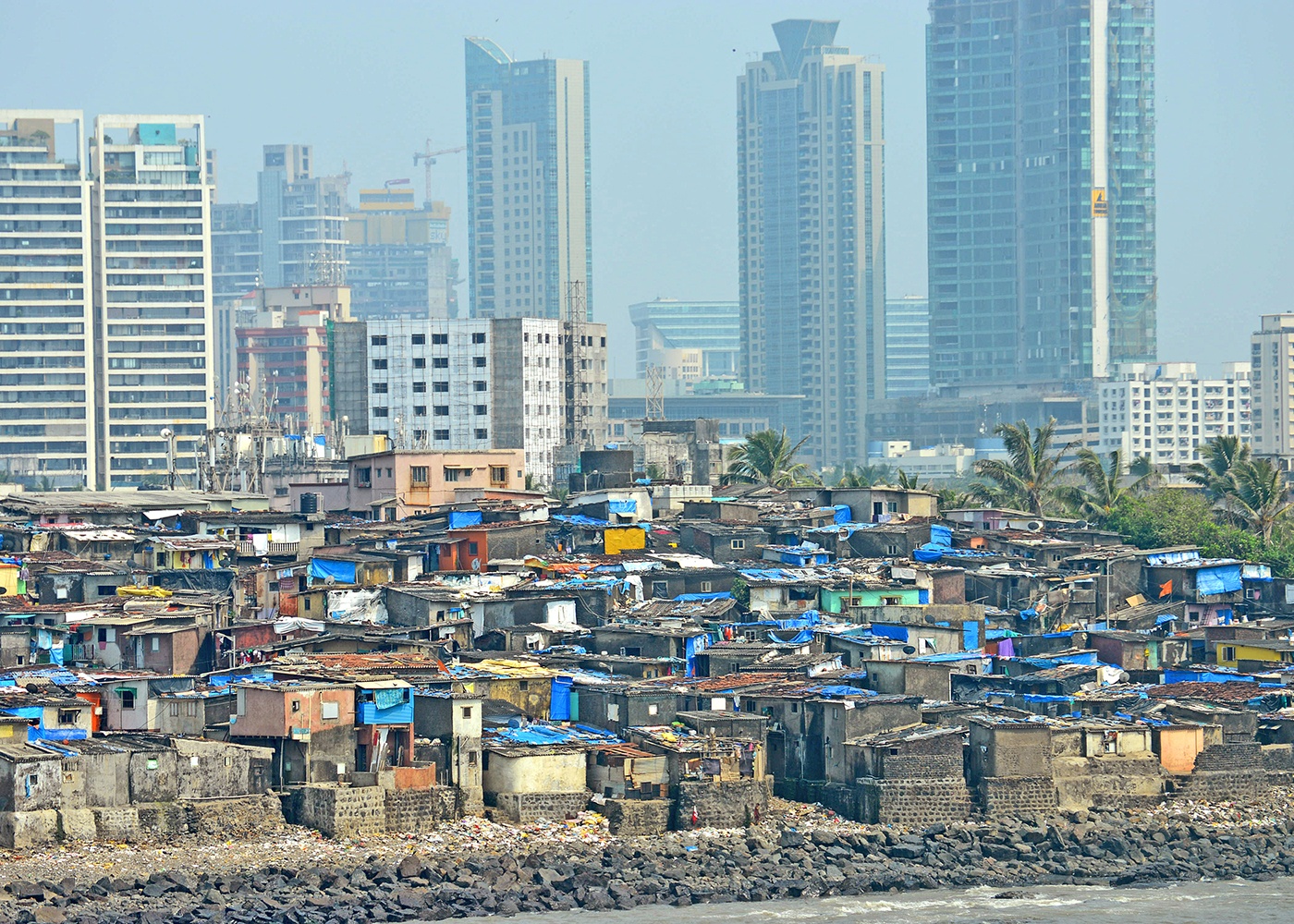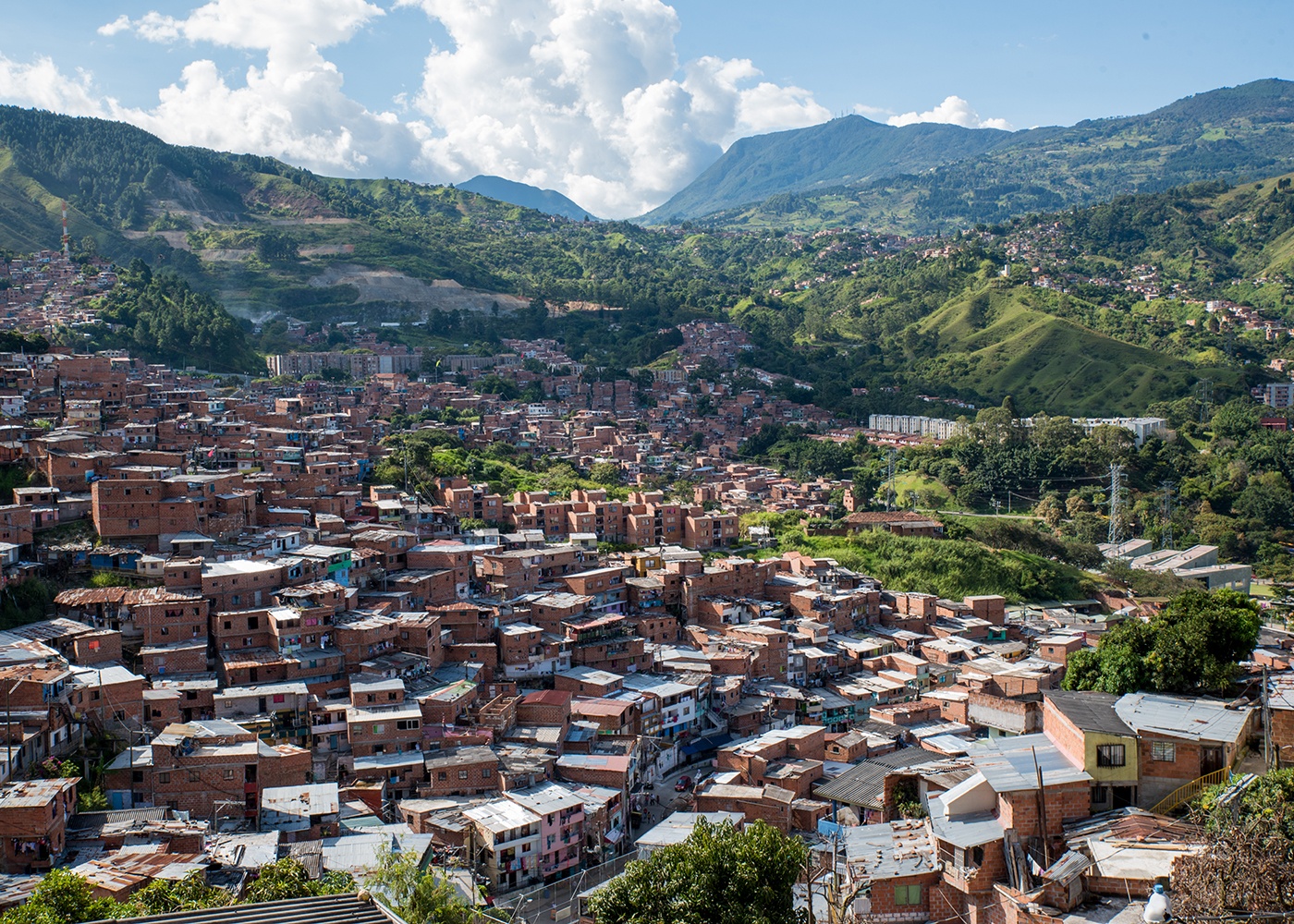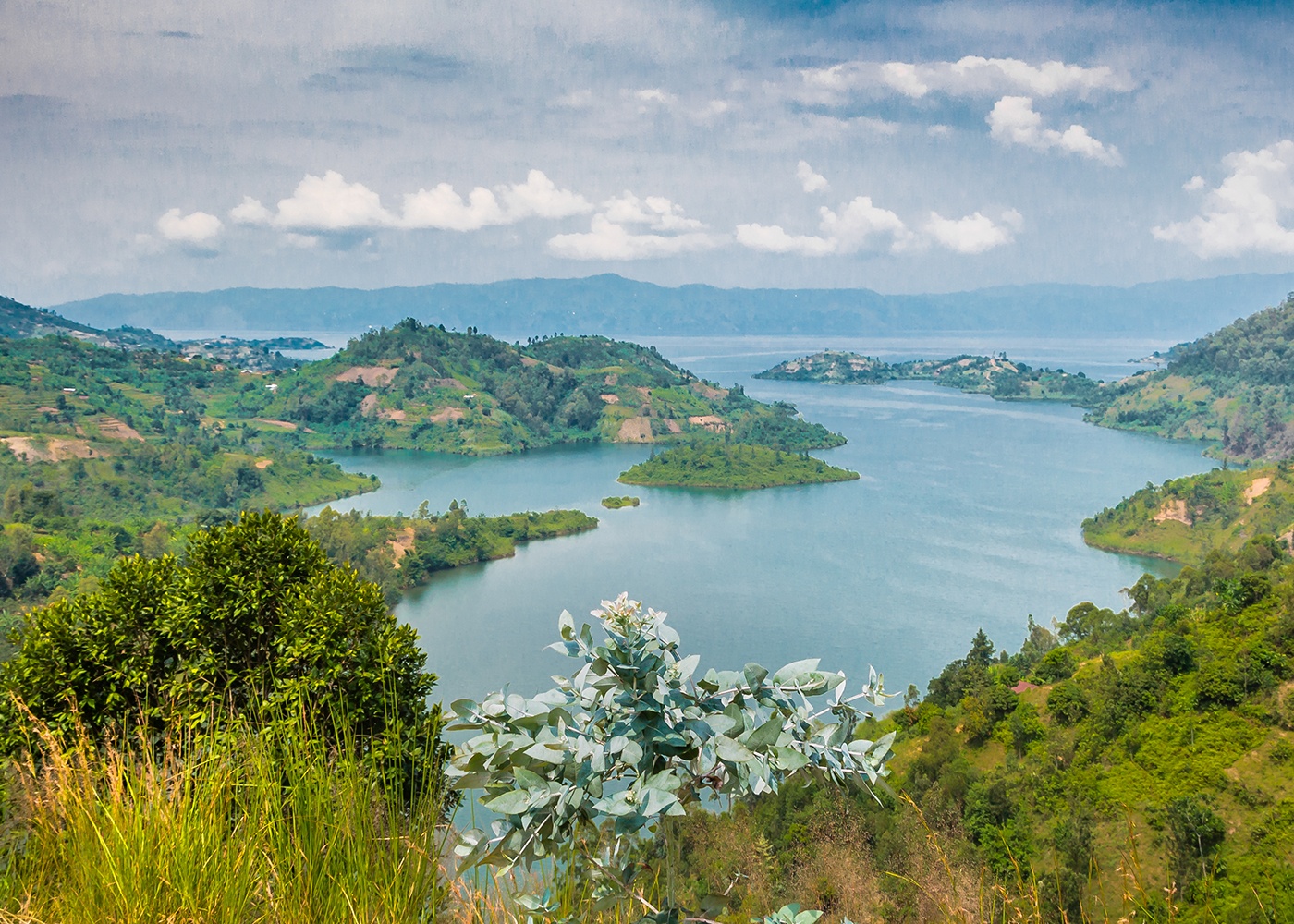Slum tourism is becoming increasingly popular amongst international travel visitors, but is it an ethical or socially acceptable travel experience? Many would argue no. Here is some background on the controversial travel trend.
Posted on : 2020-02-05 09:43:22
Slum tourism: what is it?
The United Nations defines a slum as a ‘run down area of a city characterised by substandard housing and squalor and lacking in tenure security’.
The popularity of slum tourism has rapidly increased in recent years, with slums around the world seeing millions of visitors each year. While slum tourism is nothing new, it’s grown into a legitimate global industry. Tour operators now promote visits to places like the favelas of Rio, the barrios of Medellín, the townships of Cape Town and Johannesburg, the sprawling slums of Mumbai and New Delhi, and even the skid row areas of Detroit, LA and Berlin. A slum tour may contain a variety of components, from visits to schools, community projects and orphanages, to a jaunt around a local market. Some tours may even include a cookery lesson at an inhabitants home. Much of the time, a slum tour will focus on sites that show betterment to the community and include suggestions on how you can lend your support. Slums are often known as being vibrant and hectic areas, rife with small businesses and trade. Many tours will capitalise on these aspects, presenting a slum as an area of development and urban life. Slum tourism has the potential to be a contributor to economic and social growth in local communities. However, it’s often difficult to judge whether this type of tourism truly benefits impoverished areas. Who truly makes money from these tours? How do local people feel about moneyed tourists coming into their communities? These are key question that need considering.

Why is it so popular?
Curiosity
After the movie Slumdog Millionaire was released, Mumbai’s Dharavi Slum saw a major increase in visitors and even became TripAdvisor’s favorite tourist experience in India in 2019, beating out the Taj Mahal. Similarly, the ‘Pablo Escobar Tour’ in Medellín has risen in popularity since the release of Netflix’s ‘Narcos’ series. The ‘narco-tour’ allows visitors to explore the Pablo Escobar barrio, La Comuna 13 and the Cathedral where Escobar was incarcerated. Global attention to political figures and struggles, as well as urban exploration all factor in to contribute to the popularity of visiting a slum area.

Post-Conflict
Post conflict, or ‘phoenix’ tourism, is tourism that takes place in a country after political unrest, war, or damaging weather events. Often, after a major conflict, policy makers will look for ways to rebuild the economy. One way this has been done is by development of tourism in poorer areas, including undocumented tours, small business enterprise development and simple accommodation startups.
An example of this can be seen in post-war Rwanda. Despite having a violent past, the country is known for its beautiful national parks and diverse wildlife. After the civil war ended, the government made a commitment to developing tourism within the country. They began utilising natural resources and provided wildlife tours, as well as opening hotels and accommodation in poorer areas. They implemented policies that improved the business environment and involved private sector investments and local guides. Small private tour operator – New Dawn Associates (NDA) established tours of Mayange village (part of the UN Millennium Villages project) and, Kigali’s poorer suburb. Both tours ensure that a fixed percentage of the benefits goes into a Community Development Fund and focus on sharing the country’s developmental challenges. This was successful because the government viewed tourism as an instrument to reduce poverty by directly involving local communities.

What are the benefits?
Economic Benefits
While controversial, there are many potential economic benefits to slum tourism. Increased foot traffic in communities where people make a living selling traditional crafts helps them to see a higher profit. In the Dhavari Slum, much of Mumbai’s waste paper and plastic is recycled to support the craft industries, and tourists are encouraged to buy local wares. When locals are directly involved in the tours being given, it provides them with a source of income and security. Some tour operators contribute profits directly into the slums as well. However, in comparison to what they are earning themselves, it may only be a very small fraction. This unfair distribution of profit means that some marginalised communities may never see the benefits of tourism in the area they call home.
Another matter of contention is that often slum tours are heavily associated with charity. Many operators will promote tours as a means of local development, promising that an excerpt of the money you give will end up going to community projects or local guides. Even so, it is doubtful that the money actually ends up in these places and if it does, it may not be a lot.
Increased Local Development
In 2018, over 1 billion people lived in slums or informal settlements (UN). Many of these areas have become infamous for being unsafe or having a reputation for crime, much like Medellín, Columbia or the ‘a murder capital’ as it was once called. Some might say that by visiting these slums, it helps to promote awareness and puts more marginalised communities on the map. It could increase local development and social mobility. But some would say these visits overly-romanticise and trivialise slums; places where there is overburdened infrastructure, poor sanitation, unplanned urbanisation and lack of access to clean water and waste services.
Often it is the case that many tourists feel uncomfortable ‘touring’ around somebody else’s home or neighborhood, especially when the dynamics of wealth and power are severely imbalanced.
Questions to ask
If you do want to visit a slum it is worth asking yourself some hard questions:
Who runs the slum tour?
Is it run by an external company?
Are they in partnership with those who live in the slum?
Do they have permission to be there?
Does the local community benefit?
The issue of slum tourism remains controversial, despite valid arguments on both sides. Ultimately, the only way for slum tourism to be ethical is if it directly involves and benefits the people living in these communities, and is for the purpose of education and acceptance, not only monetary gain.

